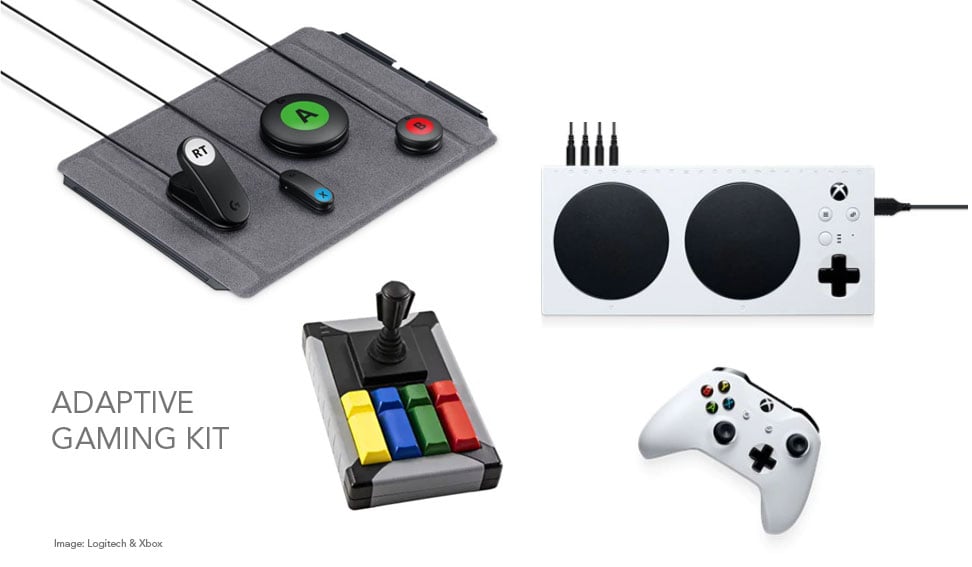Gaming is an ever-growing industry, generating an estimated $77.2 billion in 2020 with 2.6 billion gamers. A 2008 study reported more than 1/5 of all gamers have some form of disability. Although there has been a recent effort to ensure games are more accessible, the disabled gaming community has faced an overall lack of accessibility. Charities such as AbleGamers have been monumental in improving the quality of gaming for those with disabilities, but it is still important for leaders such as Nintendo, Sony, and Microsoft, to drive innovation in the disabled gaming community forward.

More than 33 million people with disabilities play games. This likely comes as no surprise to those close to the disabled community. Gaming can be good for your well-being and provides an excellent outlet for escapism, stimulation, and exploration for players. Many individuals with disabilities disproportionately face the effects of depression and social isolation, as we've discussed. It is therefore important to ensure gaming is accessible to everyone.
In 2014, a project was launched on Kickstarter called QuadStick, revolutionizing how many would be able to access their computers and play video games. However, for many years, the disabled gaming community, while still vast, was seemingly largely ignored by the leaders in the space. Years later, in 2018, Microsoft launched the Xbox Adaptive Controller, which proved to be a paradigm shift in the way we look at and value the role of accessibility in gaming, offering a groundbreaking, highly customizable, and modular input device for Xbox and PC games. Logitech followed suit with its very affordable Adaptive Gaming Kit, providing a comprehensive set of buttons and triggers that can be used with the Xbox Adaptive Controller, allowing people with disabilities to customize a gaming solution for various situations and games.
At the heart of all accessibility is multimodality. For gaming, this means integrating new and unique ways for people with disabilities to play and interact with games. Tobii, also known for their communication devices for people with disabilities, has a gaming-focused line of eye trackers, enabling players to control elements of their game completely hands-free. Similarly, the rising popularity of virtual reality (VR) in games adds another possible method of interaction, having the potential to include another subset of people with disabilities who will be able to play games if accessibility is kept in the focus of VR design and development.
As with any market, accessibility in gaming comes in a variety of forms. Sony recognized the importance of customizing a game through various accessibility settings, ranging from visual brightness and contrast settings to variable quick time event speeds. The release of The Last of Us Part II came with more than 60 accessibility settings, creating one of the most accessible gaming experiences to date.
These global efforts to enhance the gaming experience for everyone will change the way games are played, created, and designed. While it is great to see key players making key innovations, it's even more important to include the voices of gamers with disabilities throughout the process. Diversity improves the effectiveness, success and profitability of any industry, and the gaming industry is no exception. Including people with disabilities in the design, development, and testing of gamers will make the games more accessible and enjoyable for everyone.
Game on, gamers.
